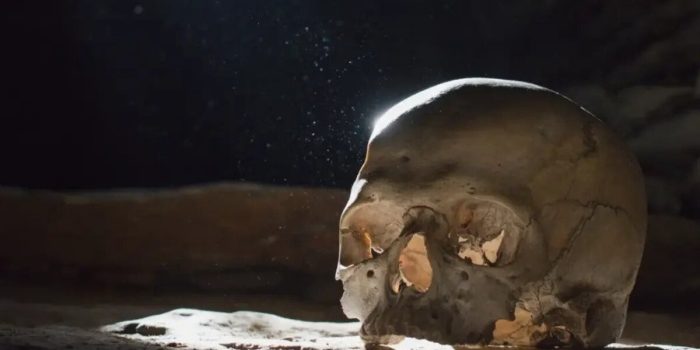A very old example of a complex brain operation was discovered in Xinjiang, China. They found a well-preserved human skull that showed signs of surgery to treat a head injury by making a hole in the skull. The researchers think that shamanic doctors in China did this surgery about 2700 years ago.
Shamanic doctors, also known as shamans, are healers and leaders in some traditional cultures.
This discovery suggests that shamanic doctors from that time could do complex brain surgery. But the evidence shows that the patient only lived for eight weeks after the surgery.

The skull was found in Yanghai cemetery in Xinjiang, China. This place is known for its connection to shamanism during the Late Bronze Age. The skull belonged to a man who was probably 30 to 35 years old.
“In this study, the trepanned cranium of an adult male (M31:C) from the Late Bronze Age (800–750 BCE) was investigated for its unusual injury pattern and surgical procedures,” the authors from Texas A&M University wrote in their research paper.
The researchers from Texas A&M University studied the skull and wrote about it. A “trepanned cranium” is a skull that has a hole made in it for medical reasons. They found clear evidence of this surgery on the skull, and it’s important because it shows the surgical method and that the patient lived for eight weeks afterward.
“Results indicated that the individual suffered from blunt force trauma on the left side of the head during his lifetime. Subsequently, a surgeon performed a therapeutic craniotomy including trepanation and bone flap to treat the hematoma,” mentioned the study.

The study says the person had a head injury during their life. A surgeon did a craniotomy and trepanation to treat a blood clot outside the blood vessels. The surgical site showed signs of healing, which means the patient lived for at least eight weeks after the surgery.
This complex surgery to relieve brain pressure shows the ancient surgeon’s skill. This finding is important not only for archaeology but also for understanding how shamanism was connected to medicine during the Bronze Age.


